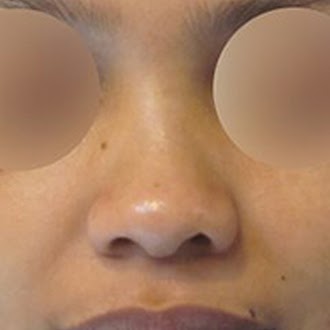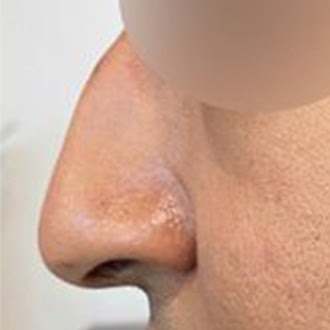Treatment Process For Nose Fillers in Singapore
In Ozhean Zoey, we only perform nose fillers for the nose bridge and less commonly for the nose tip. Nose bridge fillers are a safer area for filler injections compared to the nose tip. This is because of the following reasons: there is a higher risk of complications for nose tip fillers and nose threadlifts for the nose tip will yield a better and more sustainable result (see below).
For nose fillers at the bridge, we will prefer to place the fillers deep at the bone (where there are minimal blood vessels) and significantly lower the risk of vascular issues. So far for the thousands of procedures performed for nose bridge fillers, we have no vascular complications.
The nose filler process is a quick and painless one that takes only about 15 to 20 minutes to complete.
This is the treatment process for nose fillers:
- Topical anaesthesia is applied to the nose until the surface skin is adequately anaesthetized
- Markings of the midline of the nose are made. It is also made where the fanning of the nose bridge begins. (to prevent an overly high nose bridge)
- Nose fillers is performed, the fillers are carefully administered in the midline of the nose
- Care is also taken to make regular smooth injections (to create a thin long bulge) so that the new nose bridge looks even, sharp but yet natural
- Gentle compressions are made to sculpt the nose fillers into a more natural shape.
Our nose augmentation treatment of choice for the nose bridge is still the nose fillers. For the nose tip it will be nose threadlifts. We have a rich portfolio of nose augmentation cases to show, which our resident doctor will show you during the consultation.
Cost of Nose Fillers in Singapore
Nose fillers in Singapore costs from $900 to $1300 depending on the choice of fillers. It is best considered together with nose threadlifts.














